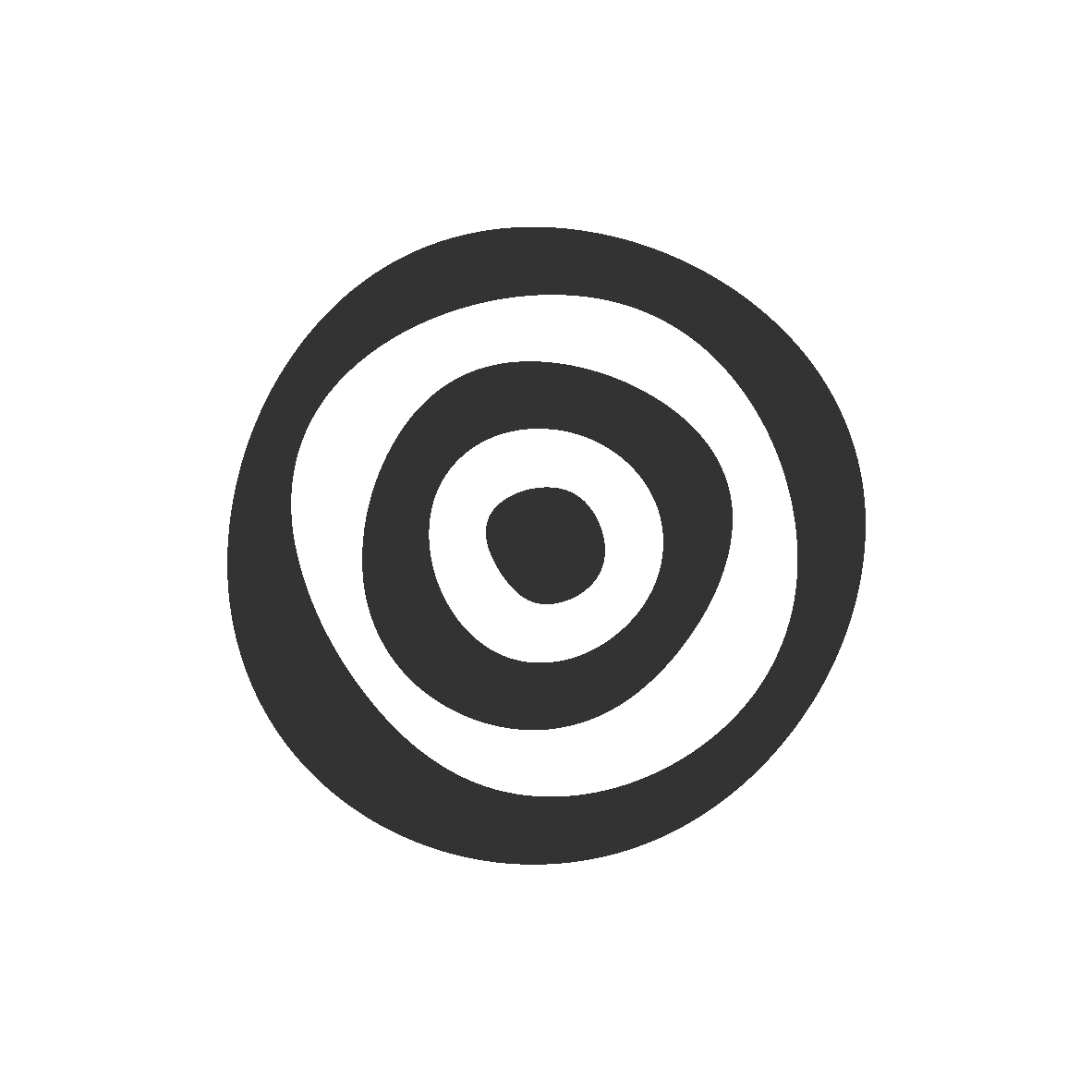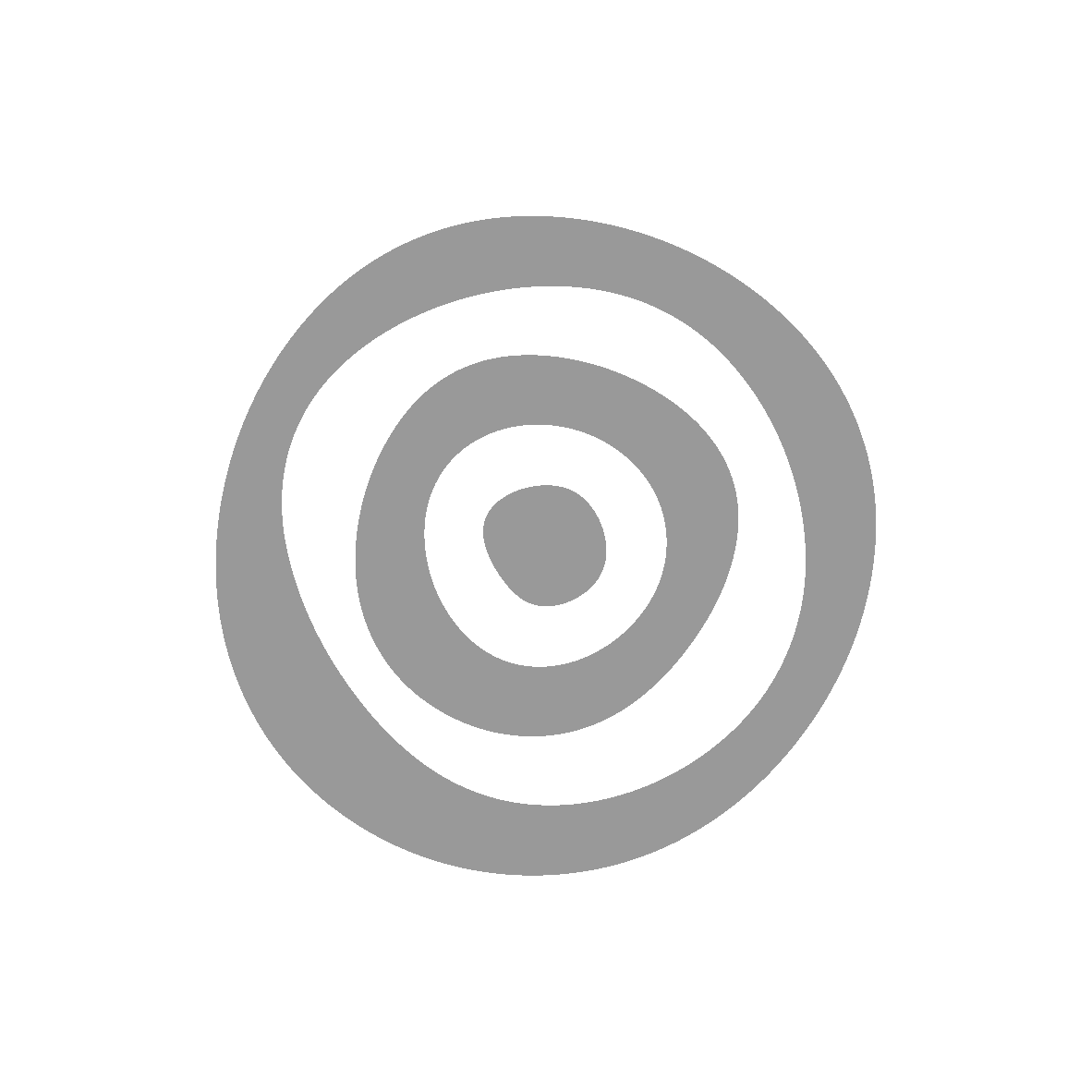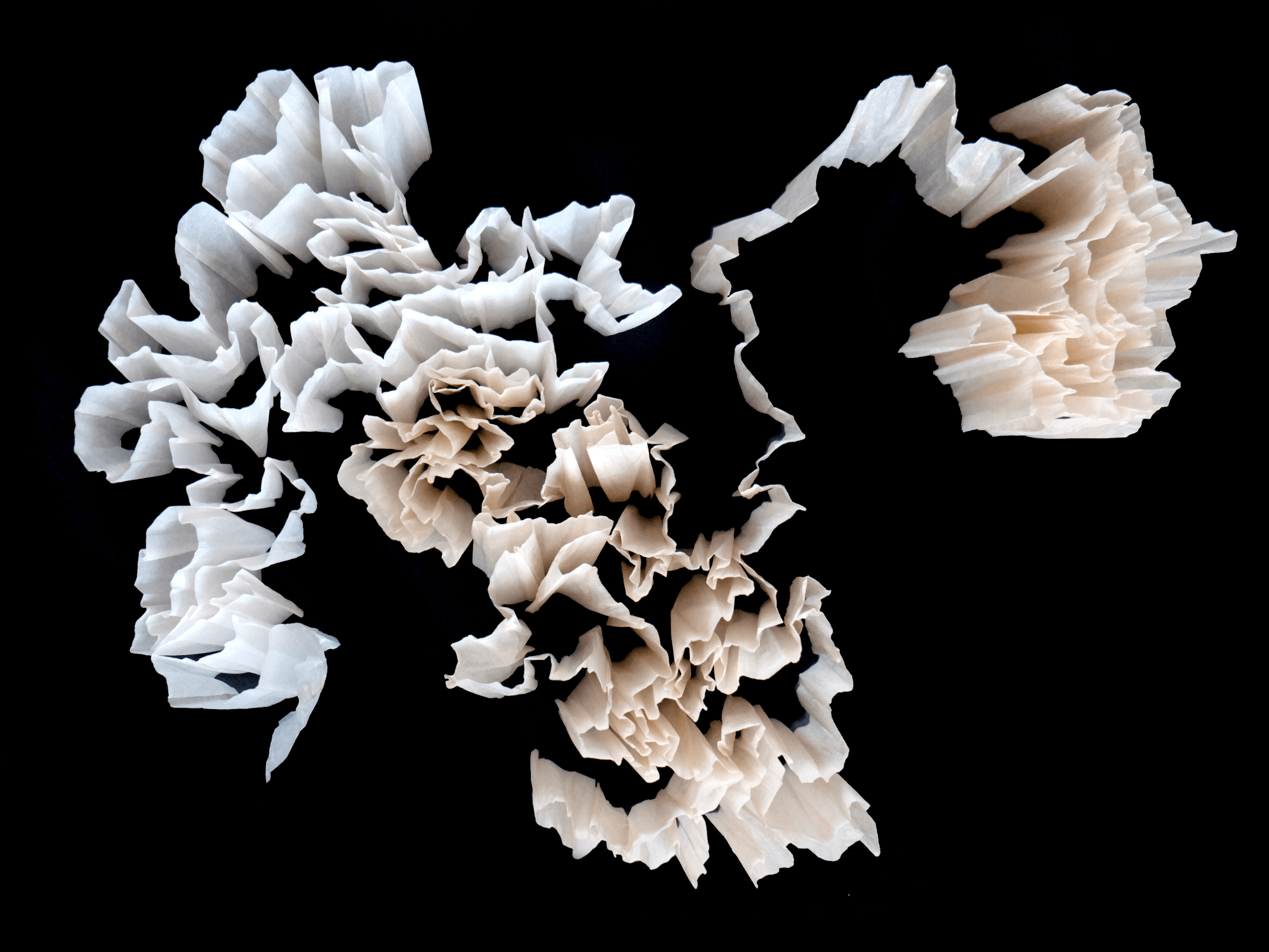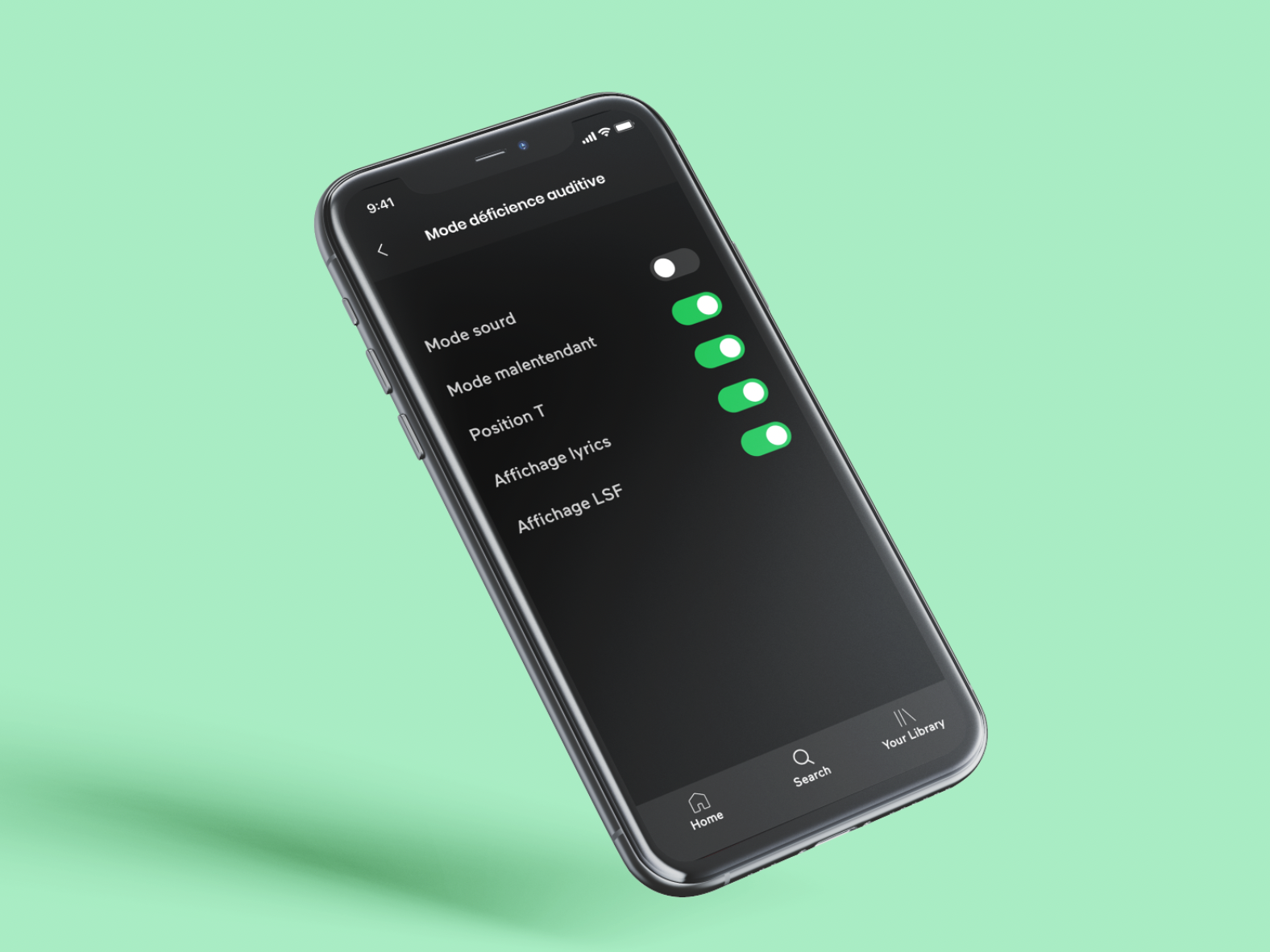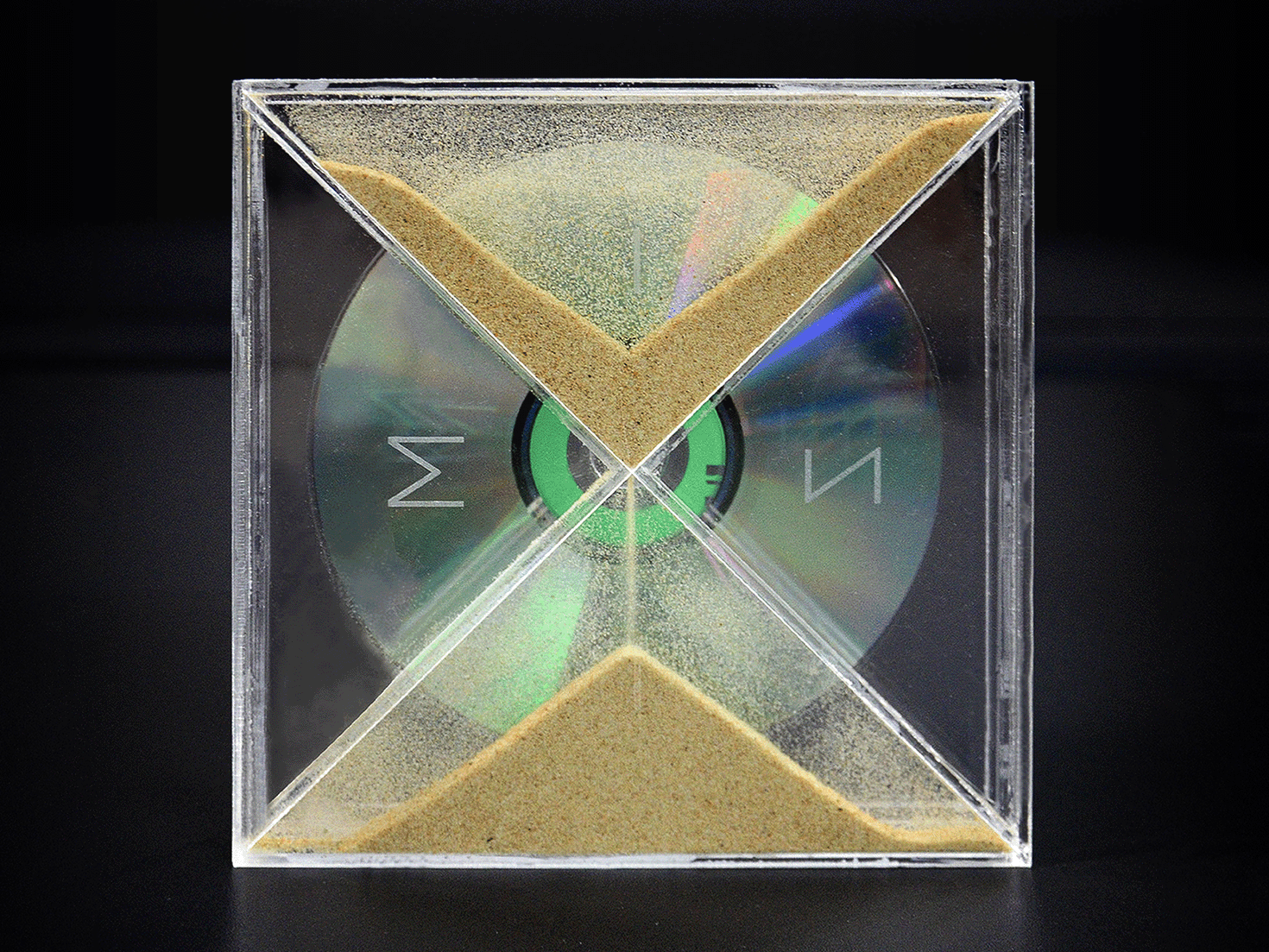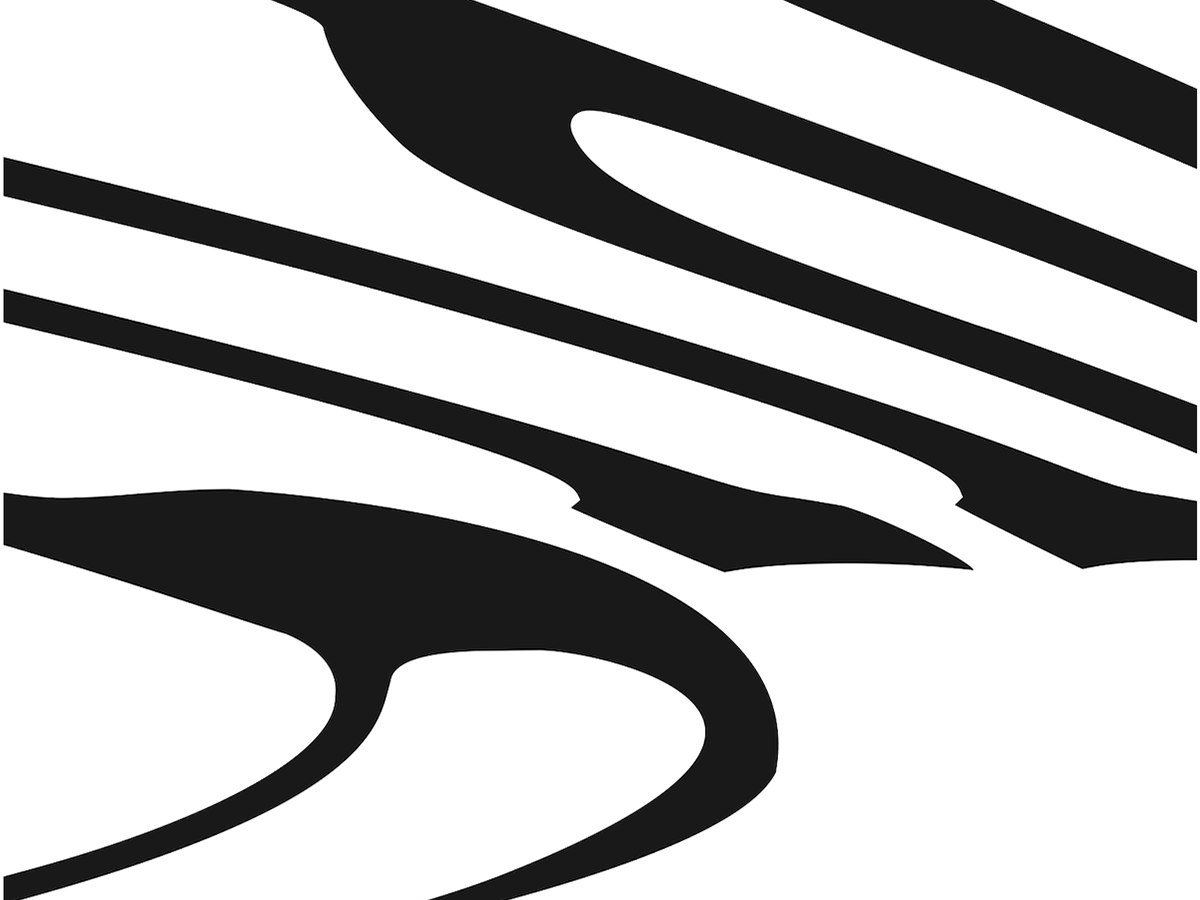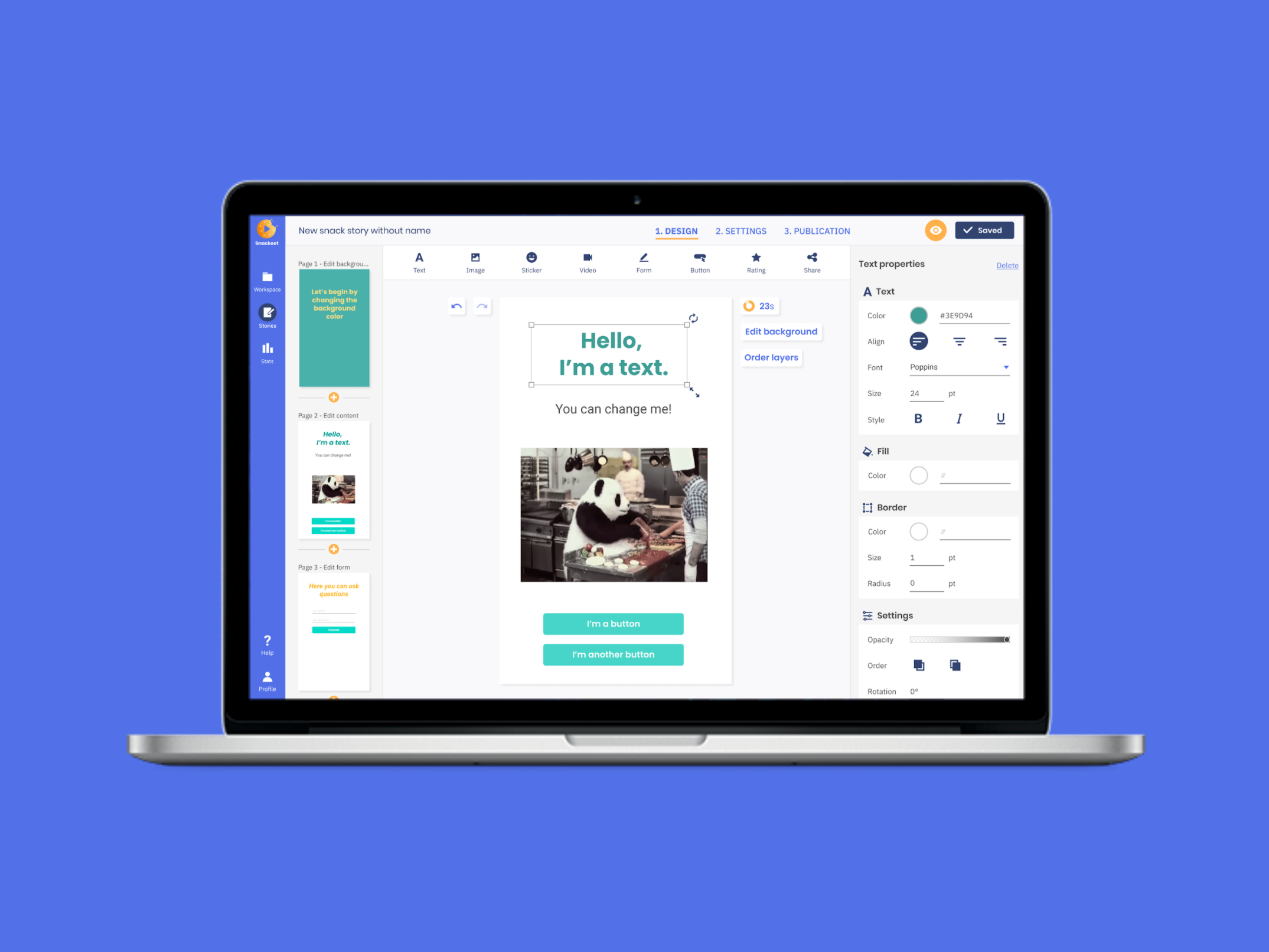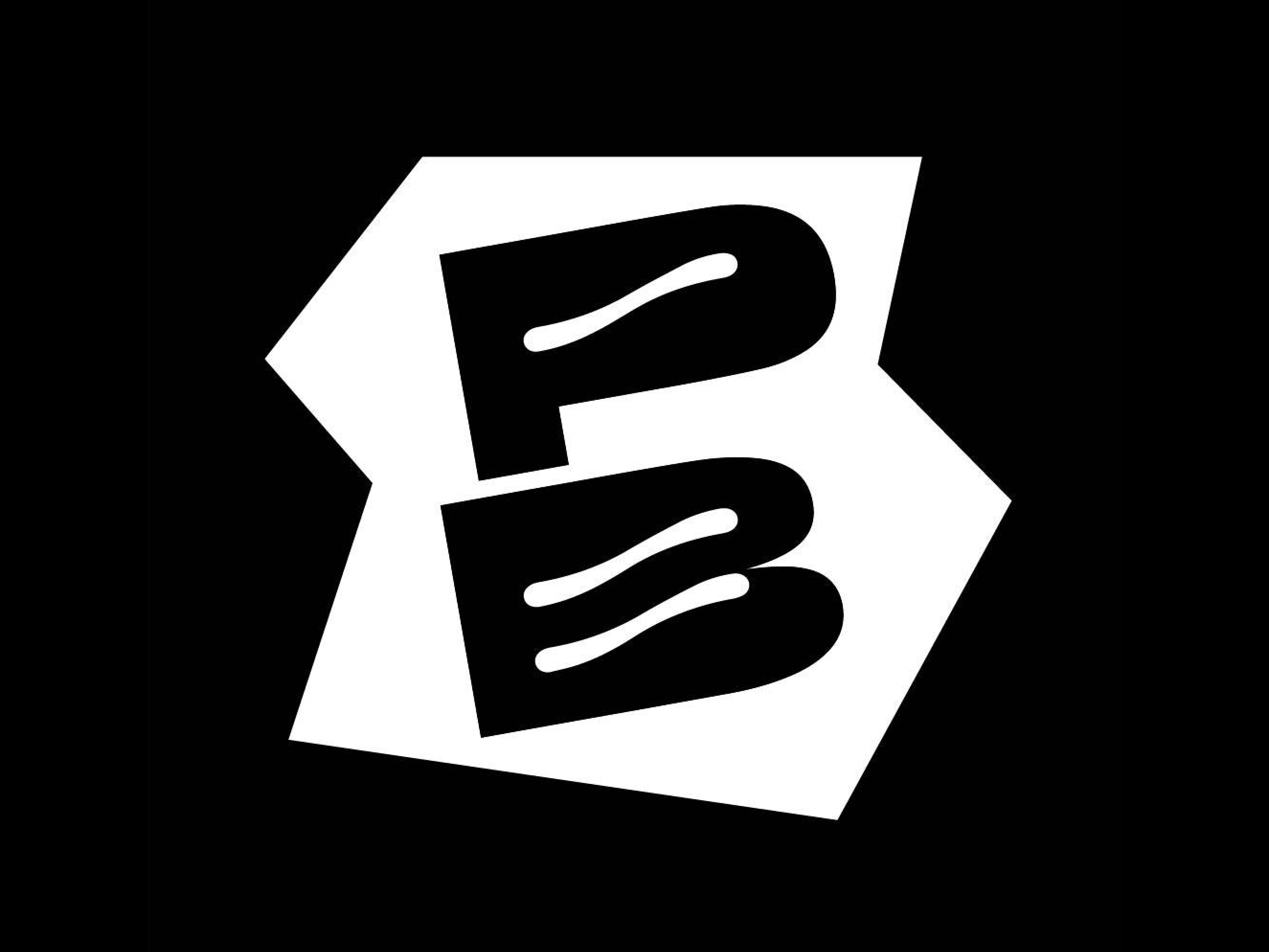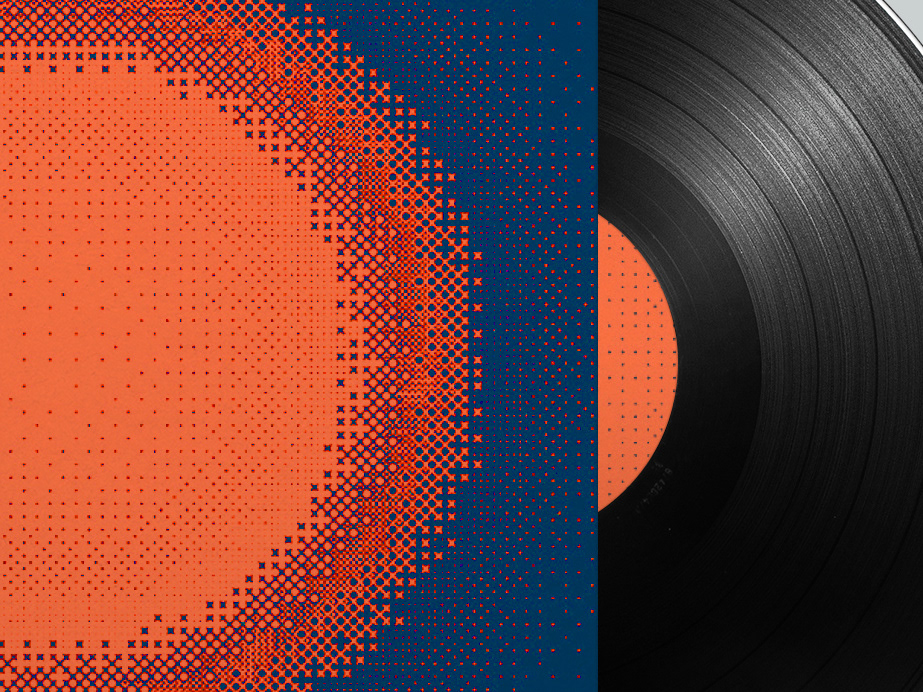The challenge
Ironhack asked us to design a new mobile app for the Wellness Institute.
Our only constraint was to propose a mobile app to support, improve or maintain people’s well-being. This app had to be an MVP focused on a specific issue.
Our only constraint was to propose a mobile app to support, improve or maintain people’s well-being. This app had to be an MVP focused on a specific issue.
Our goal
With my colleague Anna, we decided to work on addiction because this topic combines mental and behavioral health.
This project was an opportunity to explore how technology can be used to help people live healthier lives.
To deliver the best user experience, we opted for the Design Thinking method with 5 work phases: EMPATHIZE, SYNTHESIZE, IDEATE, TEST & ITERATE.
Secondary researches
On the mobile app market, we found apps for dealing with various addictions (cigarettes, alcohol, marijuana, sugar, or even mobile phone addiction).
But almost nothing about hard drugs. Besides being a taboo subject, there are apprehensions because it’s illegal.
But almost nothing about hard drugs. Besides being a taboo subject, there are apprehensions because it’s illegal.
We decided to orient our secondary researches towards hard drug addiction, and especially cocaine for several reasons:
• No mobile app about cocaine exists to date.
• The use of cocaine is now completely commonplace.
• France is the 3rd cocaine consumer of Europe.
• It is consumed as much by young people in a festive setting, as by employees under pressure at work.
• 20% of users become cocaine dependent.
• In France, out of 41% of opiate overdose deaths, 13% are due to cocaine.
Cocaine addiction: Quantitative data
To be as close as possible to our users, we registered with all the addiction groups on the social networks and we find large online communities.
We shared with them a survey with questions about their cocaine use habits and patterns, frequency, doses, occupation, age, gender... and we received very informative responses from 396 participants!
Relevant data:
• Marketing is the working field most concerned with cocaine.
• 95% for partying, 31.3% for psychological or professional reasons.
• Almost as many men (56%) as women (43.2%).
• 46% are aged between 22 to 24 y/o.
• 77.2% are hiding their consumption from their relatives.
• 35.3% want to reduce or stop taking cocaine.
Cocaine consumption survey's data visualization
Cocaine addicts: qualitative data
We interviewed 5 people who shared their experiences with cocaine addiction. These interviews were the most difficult stage of our project because we were immersed in total empathy with people in pain, and strong quotes came out such as:
"It destroys my life and my body."
"My morning routine: Coffee, Cigarette, Cocaine".
"I don't take it for pleasure but because I need it."
"I don't see myself living without a filter."
"I'm cured of my cocaine addiction; now I take LSD every day."
We've learned from this that addicts don't necessarily want to stop, but they want to be better understood and supported by society. It's not their addiction that needs to be treated, but the pain they feel.
We collected and organized the qualitative data with an Empathy map.
Empathy Map of one user
Synthesizing
The 6 main pain points that we came up with are: boring life without drugs, to keep the rhythm at work, self-esteem problems, cocaine trivial/taboo image, addiction denial, or awareness of addiction.
Persona
We have identified our user Zoe, 27, who works in marketing.
She uses cocaine several times a week in a festive setting but also to integrate socially and to keep up with her work rhythm. She thinks cocaine helps her to be sociable and self-confident, but it makes her irritable.
Problem statement
How might we help Zoe deal with the pace and pressure, combat the sense of sad reality and gently transform denial of addiction into awareness?
Ideation
We did a couple Crazy 8 sessions with other UX designers, allowing us to come up with 5 features concepts:
1.
A consumption program with a consumption cycle and goals.
2.
An information source (podcast, video, visual, text) about effects, mixes with other substances, damages, or positive effects of quitting.
3.
A heart rate counter, tracking expenses, consumption quantity counter.
4.
A forum/community of consumers to share tips and testimonials.
5.
A friends list to help each other and send notifications to warn friends.
Feature prioritization
Since our app is an MVP, we had to focus on a single feature so we conducted a feature prioritization with our users, and on the most interesting to treat as UX designers. We combined features 1 and 3 for our solution:
A program to situate Zoe in her cocaine consumption, and help her reach her goals thanks to a tracking system via an iwatch to calculate her heart rate.
User flow
Zoe sets up her profile and configures her apple watch to check her heart rate, then the application tracks her consumption and helps her stay motivated.
User flow of our cocaine addiction app
Prototype
For our Mid-fi wireframes, we designed simple prototypes, with a profile configuration page to enter the cocaine consumption and a homepage with a graph to follow the evolution in real-time.
Iteration
During our usability tests, our users encountered some trouble. Here are the 3 main problems that we iterated:
1.
One user got stuck on the configuration page, so we divided the questions over several screens to make it easier to read and add rhythm.
2.
The do you need help question didn't stand out enough, even though it was essential to help users manage their addiction. So we added the help button.
3.
A menu was missing to make navigation easier, so we added a navigation bar at the bottom of the page.
A positive moodboard
We started by defining our brand attributes such as reassuring, positive and rewarding, and we created our moodboard, which we wanted soft, trippy & modern.
Positive, reassuring & rewarding mood board
A contrasting style tile
As we targeted a young age range (15 to 30 y/o), we wanted to stand out with a cool & positive look.
We used gradients for the psychedelic touch and to bring color to our user's everyday life. We kept black as the accent color, to contrast with the background but also for better visibility on the screens, especially if the user is on drugs.
We deliberately kept the pages very simple, with large components that users can easily reach and with a concern for accessibility for people with disabilities.
We chose Poppins font and reinforced its friendly aspect by using it in lower case. Finally, the tone of voice is soft and non-judgmental.
Final result
Hi-fi prototype flow
After downloading the application, we start with quick cards about safety and medical information. Then we define our profile with a pseudo and an avatar (more anonymous), our goal, current cocaine consumption, and if we have other addictions. Then we get to the homepage with all the app features.
List of features:
• Activity tracker
to fill-up and save the daily cocaine intake, dose, reasons for use, and moods.
• Crash button
in case of drug cravings, to get fun ways to think about something else. You select a specific context and the app gives you a challenge (for example, you're at a party and you have to dance with a stranger).
• Victories overview
with cocaine-free success stories.
• Cocaine consumption program
with daily, weekly, monthly, or yearly progression.
• Economy button
to see the money saved by buying less / no cocaine.
• Heart rate tracker
connected to an apple watch.
• Health program
with motivating ads.
to fill-up and save the daily cocaine intake, dose, reasons for use, and moods.
• Crash button
in case of drug cravings, to get fun ways to think about something else. You select a specific context and the app gives you a challenge (for example, you're at a party and you have to dance with a stranger).
• Victories overview
with cocaine-free success stories.
• Cocaine consumption program
with daily, weekly, monthly, or yearly progression.
• Economy button
to see the money saved by buying less / no cocaine.
• Heart rate tracker
connected to an apple watch.
• Health program
with motivating ads.
Key learnings
This project allowed me to develop my practice as a designer, but also the psychological aspect. I gained new knowledge about cocaine addiction, discovered a community that needs to be listened to. I was happy to be able to contribute to it and I would love to be able to develop the application one day.
Finally, I realized that the role of a UX/UI designer was also to raise awareness on different subjects, even the most taboo.
What next?
Our next steps are to offer more personalized interfaces to our users (for example with other background colors or a dark mode), to develop the apple watch feature, and to share our prototype with healthcare professionals to get feedback on the medical part of our solution.
